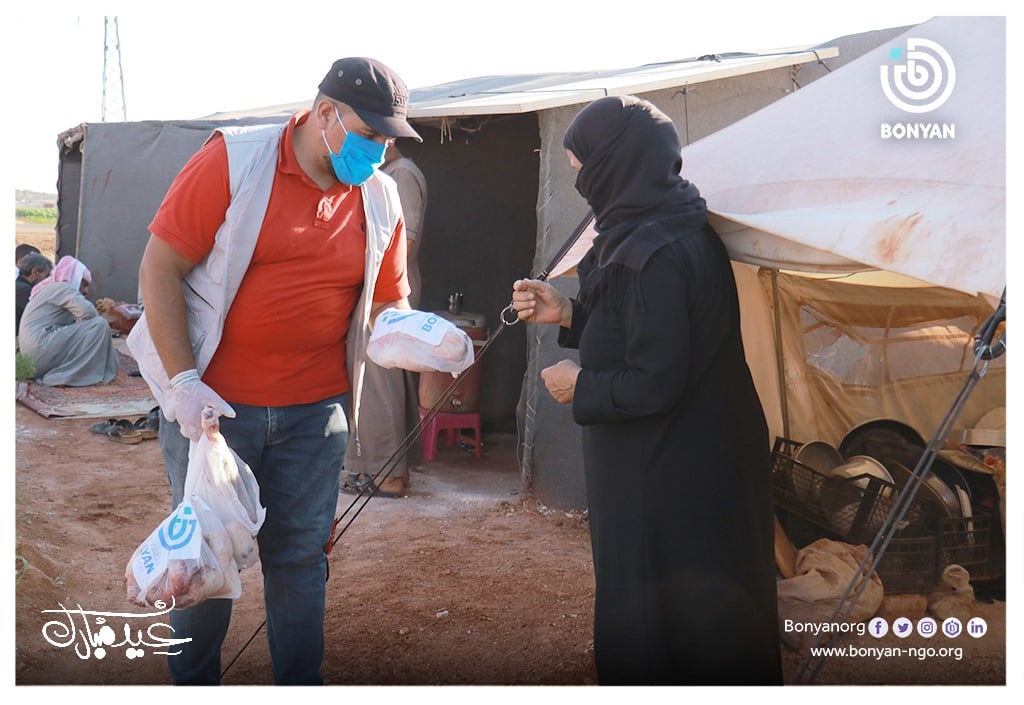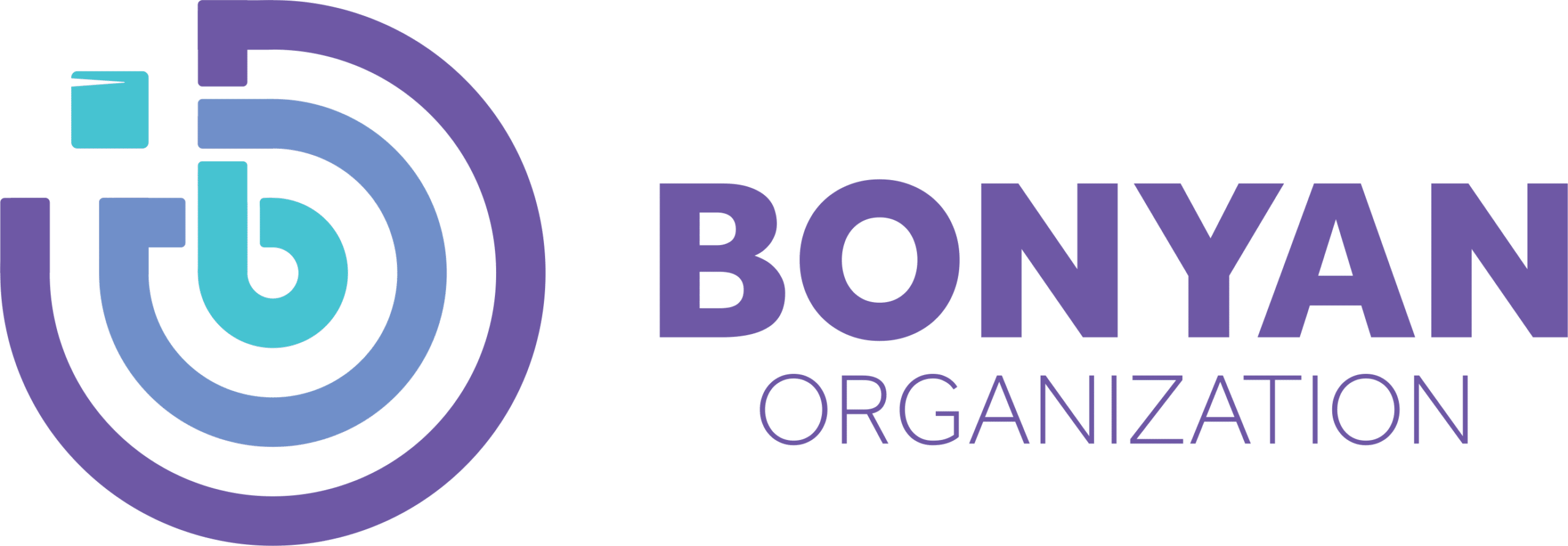The Ruling and Conditions of Zakah on Cattle
It is mandatory. The Prophet ﷺ said: “Any owner of camels, cows or sheep/goats that does not pay its due, on the day of resurrection they (the animals) will come to their owner in the best state of health they have ever had (in the world) and they, will butt him with their horns and tread him with their hooves,[ Definition of the hoof: a horny covering of the feet of certain animals] and whenever the last of the herd is through, the first starts all over again. (And this will continue) until (all) mankind have been judged”.
Nisab for Cattle
There is no zakat on animals less than thirty cattle. However, each cattle has its own nisab.
Camel
There is no zakat on less than five camels, but on five to nine camels, you must give either a sheep or a goat in its second year, depending on which of the two animals is most commonly kept by the people of the area.
When it reaches this number, one owes a sheep that has been alive for one year and begun the next. There is no difference between male and female sheep or goats.
The judgment is based on what is expected. If it is sheep, it is taken from sheep.
If it is goats, it is taken from them. If the property owner gives a camel instead of the obliged sheep, it is permissible because it is of the same type of property and is worth more than is what is obliged of him. The limit for a single sheep is nine.
Cows
There is no sahih (authentic / sound) hadiths that provide us with the nisab and rates of zakah on cows, as we have seen in the case of camels. This may be because cows were rare in Hijaz (around Makkah and Madinah); it may also be because cows are close in size and value to camels, so the Prophet did not determine their rates on the assumption of their apparent similarity.
The Nisab is 30 cows, and so the due zakat on 30-39 cows is a one-year-old cow, and on 40-59 cows is a two-year-old cow, and so on.

Sheep / Goats
There is no zakat on sheep and goats until their number reaches forty. You must give one in its fifth or fourth year if you pass forty. This applies to one hundred and twenty animals.
The nisab becomes complete on at least 40 male goats, or female goats will be given. Female goats, etc.; zakah is not Wajib for less than forty—a one-year-old male for the zakah of 40 to 120 goats/sheep. For the zakah of 121 to 200 goats/sheep: 2 one-year-old male ▪or female goats will be given. Or female goats will be provided. For the zakah of 201 to 399 goats/sheep: 3 one-year-old males For the zakah of 400 goats/sheep: 4 one-year-old male or female goats will be given. After this, one male or female goat will be increased on every.
Zakah of Communal Ownership of Cattle
There are two types:
- The first type: Khultat A’yaan
This is when the jointly owned property cannot be distinguished from each other. Khultat A’yaan can happen through inheritance and trade.
- The second type: Khultat Awsaf
This is when each person’s share is distinguishable from the other and known, and the only thing that joins them is their vicinity to each other.
For both types of Khulta, the property of the two persons should be joined together and considered as one amount if the amount together adds up to a nisab. Both persons should also be from those upon whom zakah is obligatory. Thus if one of them is an unbeliever, his Khulta is void and has no effect. The Khulta cattle should also have the same resting place or barn, the same pasture, the same milking place, and one Fahl (bull), which should be able to mix with them all.
If these conditions exist, then the two properties are considered one due to the effect of the Khulta. The Messenger of Allah ﷺ said: “Those which are in separate flocks are not to be joined, and those which are in one flock are not to be separated for fear of (having to pay) sadaqah (Zakah). Regarding that which belongs to two partners, they can make claims for restitution from each other with equity.” [ Source: Ibn Khuzaima]
Khulta can make Zakah obligatory, but this is only the case for cattle and nothing else.
– An example of bringing together that which are in separate flocks is when there are three people, and each person owns forty sheep, i.e., all of them add up to one hundred and twenty sheep. If we consider each one alone, the Zakah due on the three people is three sheep (one each). If they, however, gathered all the sheep together, then the Zakat would be only one sheep for the three people. In this case, they brought together what was separate to pay only one sheep for Zakat instead of three.
The Zakah of Horses, Donkeys, and Mules
Abu Huraira, Allah’s Apostle, said …
“There is no Zakat either on a horse or a slave belonging to a Muslim.”. (Al-Bukhari).
Al-Nawawi said in al-Majmoo’ (5/311): The Muslims unanimously agreed that zakah is due on camels, cattle, and sheep. As for horses, mules, donkeys, etc., no zakah is due on them. This applies if they are not for trade; if they are for trade, then they are subject to zakah, because of the report narrated by Abu Hurayrah (may Allaah be pleased with him) that the Prophet (S) said: “The Muslim is not obliged to pay Zakaah on his slave or his horse.”
Read More:
- Student Finance Of Childcare
- Zakat On Cattles, Conditions And Rules
- Zakat Of Grains And Fruits
- Examples Of Sadaqah Jariyah
FAQ
How Many Cows Are Liable for Zakah?
The number of Cows Liable for zakah is 30 Cows.
How Much Zakah Do You Give a Goat?
For (40-120 Sheep/Goats), you give (One Sheep/Goat).
For (121-200 Sheep/Goats), you give (Two Sheep/Goats).
For (201-300 Sheep/Goats), you give (Three Sheep/Goats).
Can I Give Zakah to Animals?
No, You cannot give zakah to animals.



